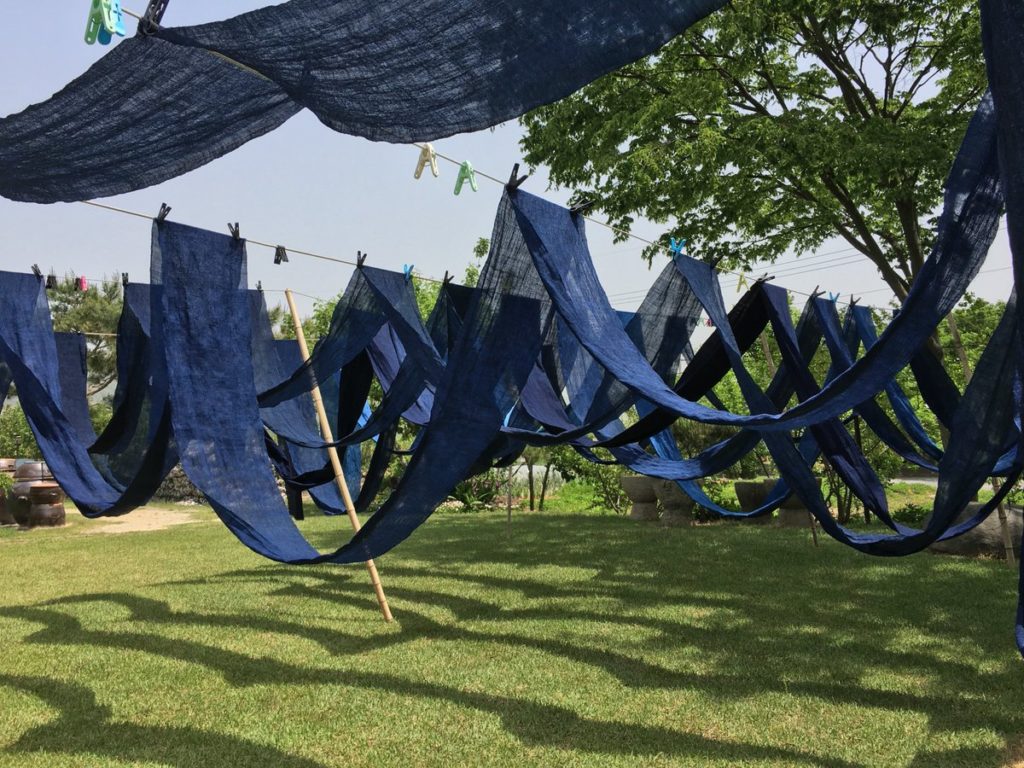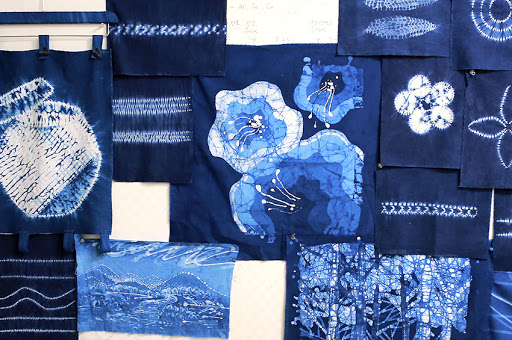Korea is a beautiful country with many cultural traditions and Koreans are very happy to share them with foreigners. Koreans are proud of their history and customs. From cooking, painting, and everything else in between, Korea Trip Guide will share the wonderful aspects of Korean traditions. In this article, we’ll cover various fabric dyeing methods found within Korea and some places you can experience it for yourself!
History of Natural Dyeing
Natural Dyeing or YeomSaek, is a tradition that as far as historians can tell, predates Jesus himself. Using roots, leaves, petals, woods and barks, and in some cases even utilizing fungi and lichen to naturally stain your clothing is not a new thing by any measure, but Korea held onto their traditions and taught them from generation to generation. The knowledge of what to use to create what color is a great example. You can use Sapan Wood and Safflower to create red and using Gardenia seeds to create bright and vivid yellows. They would often break up the natural dyeing agent and add lime from powdered oysters or clam shells to create a paste like base, then they would dry it out and burn it with the resulting ash in whatever color it may be. Finally, you can leave it to ferment in water for a few days, after which they would then submerge the clothing into the water and then leave it to dry in sunlight in its new color!
Indigo Dyeing

Natural indigo dyeing (Jjok) is tradition that has been practiced for the for the last 1500 years, and maybe even longer than that The tradition dates back to the Chinese records of them seeing Korean people in blue clothing during the Three-Kingdoms period (57 AD – 676 AD) and even today is predominantly found in the Naju area in Korea, which is where it originated. This is because the Yeongsan River provided the perfect wetland for the indigo plant to grow and this process involves using the indigo plant. The color blue plays a huge cultural role for Korea throughout their history. Blue has signified the East, Wood, Wealth and Spring, as well as being honored as a royal color. Many Koreans would also marry in the color, to bring good fortune to the couple in the future. This extract when applied to the fabric creates a beautiful deep blue/green and is said to have many real-world properties such as be anti-bacterial and protecting the wearer’s skin from insects and animals, as well as being said to be softer and more breathable than those that have been artificially dyed, thus making them more practical.
Some of the best places to try this are:
One Day Seoul

Location: 43 Yeouiseo-ro, Yeongdeungpo-gu, Seoul, Korea, 07239
Telephone Number: +82 107-20-87024
Haneul Mulbit Workshop:
Location: Bukchon Hanok Village, South Korea, Seoul, Jongno-gu, Gahoe-dong, 계동길 37
Haneulmulbit (Institute of Traditional Natural Dyeing):
Location: 03051 8 Changdeokgung 5-gil, Jongno-gu, Seoul
Telephone Number: +82-2-765-9970
Go forth and enjoy one of Korea’s oldest traditions!